Equipment
Callaway’s new XR OS irons and hybrids
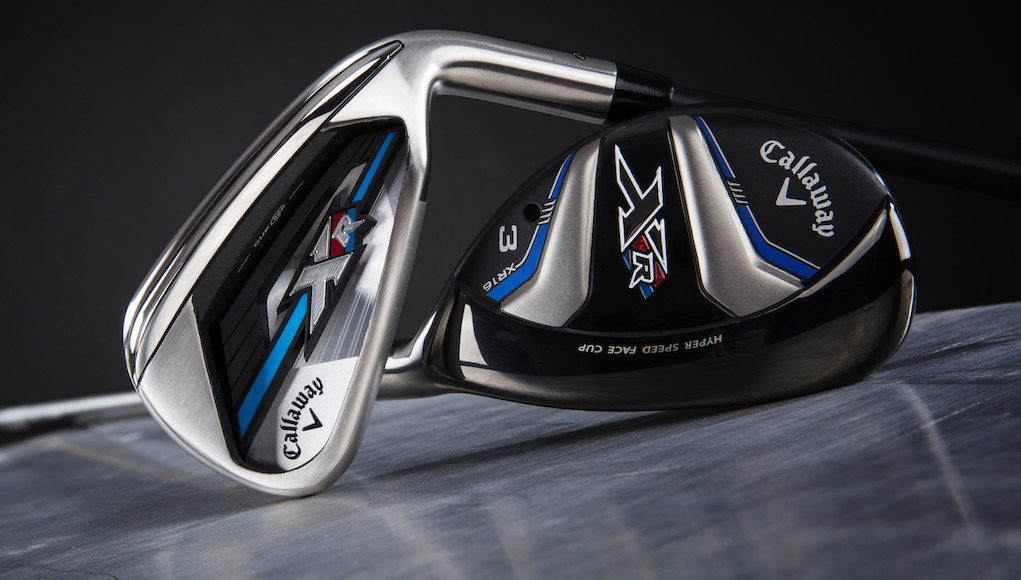
Callaway’s XR irons and hybrids from last year (the standard models, not the “Pro”) were classified as game-improvement clubs, industry code for high-launching, forgiving clubs with big profiles and wide soles. The new XR OS irons and hybrids — the “OS” stands for over-sized — are made to be super game-improvement clubs. That means they’re the highest launching, most forgiving irons and hybrids Callaway has made to date.
Who is the new XR OS line for? Golfers who are either inconsistent or have slow swing speeds, and need the longest, easiest-to-hit irons and hybrids possible. If you had interest Callaway Big Bertha irons, or super game-improvement clubs from another company, these are for you.
So what makes the XR OS line more forgiving, and how exactly will they help your game?
Callaway’s XR irons, released in 2015, were the first generation of irons to utilize Face Cup, a Callaway technology used to improve ball speed across the face, especially on mishits. The new XR OS irons have an improved Face Cup. The second-generation design has thinned out areas around the perimeter, making those areas faster, and a sweet spot located lower on the face where most high-handicap players tend contact the ball. The improvements give the XR OS irons higher ball speeds in the areas where golfers want to hit them (low and in the center of the face), as well as where they hit them when things go wrong.
Related: The best game-improvement irons of 2015
Many irons with extremely thin and fast faces can sacrifice feel due to the significant vibrations that can occur from such designs. To reduce those vibrations, Callaway engineers put TPU between the face and the cavity — called a “snubber” — ultimately improving sound and feel.
For a higher launch and better contact, Callaway redesigned the soles with a trailing-edge bevel. It has the two-fold benefit of moving the center of gravity (CG) lower and more rearward, as well reducing turf interaction to help golfers make cleaner contact for longer-flying, more consistent shots.
Another problem that high-handicappers and slow-swingers face is differentiating the distance their long irons fly. For instance, maybe their 3, 4 and 5 irons all carry within 5-10 yards of each other. That hardly justifies the need to have all these clubs in the bag. But with the XR OS irons, Callaway has added loft and length to the longer irons, helping golfers spread yardage gaps and establish proper spacing throughout the set.
Here’s a look at the progressive loft-gapping, showing the differences in lofts between irons throughout the set: 4-6 irons (3 degrees of change), 6-8 irons (3.5 degrees), 8-9 irons (4 degrees), 9-PW-AW-SW (5 degrees). All of the lofts are below:
- 4-iron: 22 degrees
- 5-iron: 25
- 6-iron: 28
- 7-iron: 31.5
- 8-iron: 35
- 9-iron: 39
- PW: 44
- AW: 49
- SW: 54
The spacing makes creating a combo set more seamless since yardage gaps are more identifiable, according to Callaway.
The XR OS hybrids, like the irons, are the highest launching and most forgiving option in Callaway’s stable of hybrid offerings. They feature wider soles and larger profiles, and utilize the latest Hyper Speed Forged Face Cup for high ball speeds across the club face. They also have a low and back CG, a high moment of inertia (MOI) and increased draw-bias, making them easier to get airborne and turn over compared with the original XR hybrids.
A new sole, which Callaway calls “Dual-Keeled Utility,” is large, but is said to reduce ground contact by 50 percent, improving the versatility of the hybrids.
The XR OS hybrids (3, 4, 5, 6 and 7) come stock with a Mitsubishi Fubuki AT 60 shaft, and are available Jan. 22 for $219.99. The XR OS irons will be available on Jan. 22 in both steel, graphite, and combo-set offerings.
XR OS Pricing
- Steel: $799.99
- Graphite: $899.99,
- Steel Combo Set: $899.99
- Graphite Combo Pricing: $999.99
- Available Irons: (4-SW)
See more photos and join the discussion in the forums.
- LIKE135
- LEGIT32
- WOW10
- LOL9
- IDHT9
- FLOP7
- OB6
- SHANK44
Whats in the Bag
Callum McNeill WITB 2024 (April)
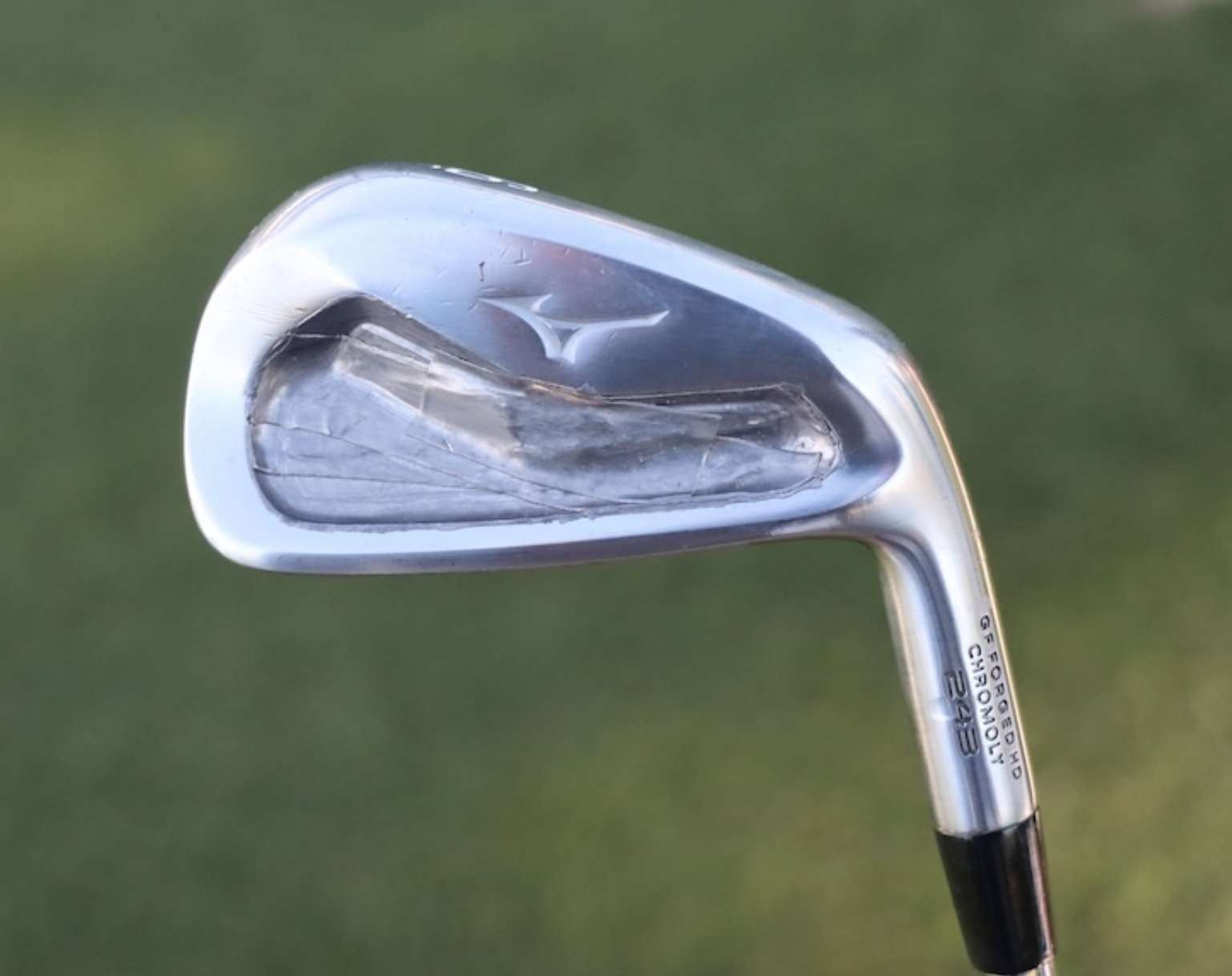
- Callum McNeill what’s in the bag accurate as of the Texas Children’s Houston Open. More photos from the event here.
Driver: Mizuno ST-X 230 (9.5 degrees)
Shaft: Fujikura Ventus Blue 6 X
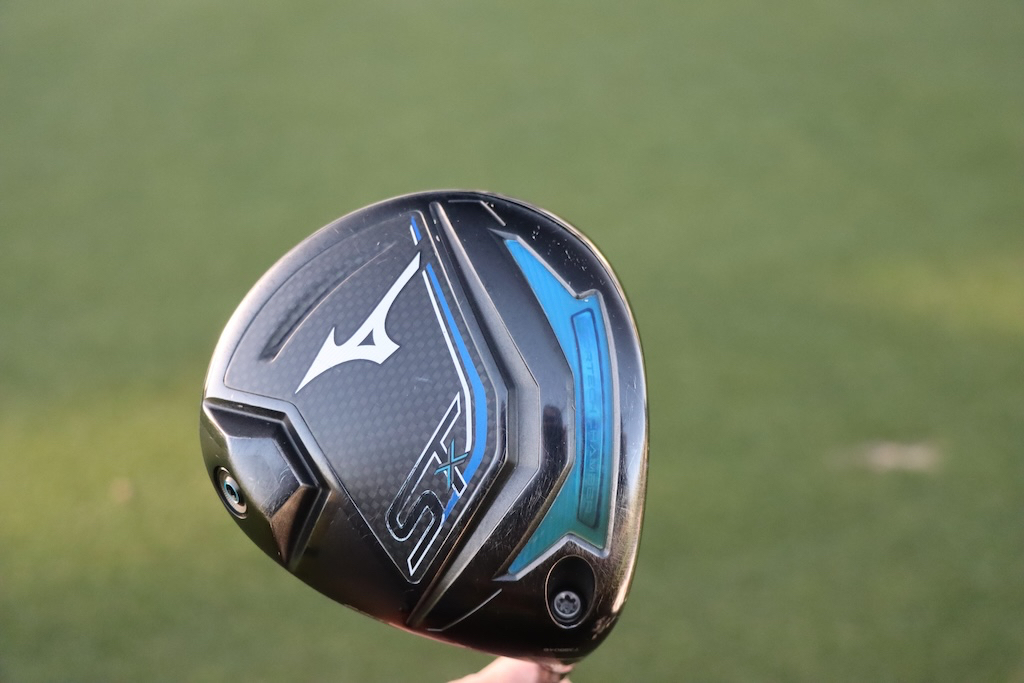
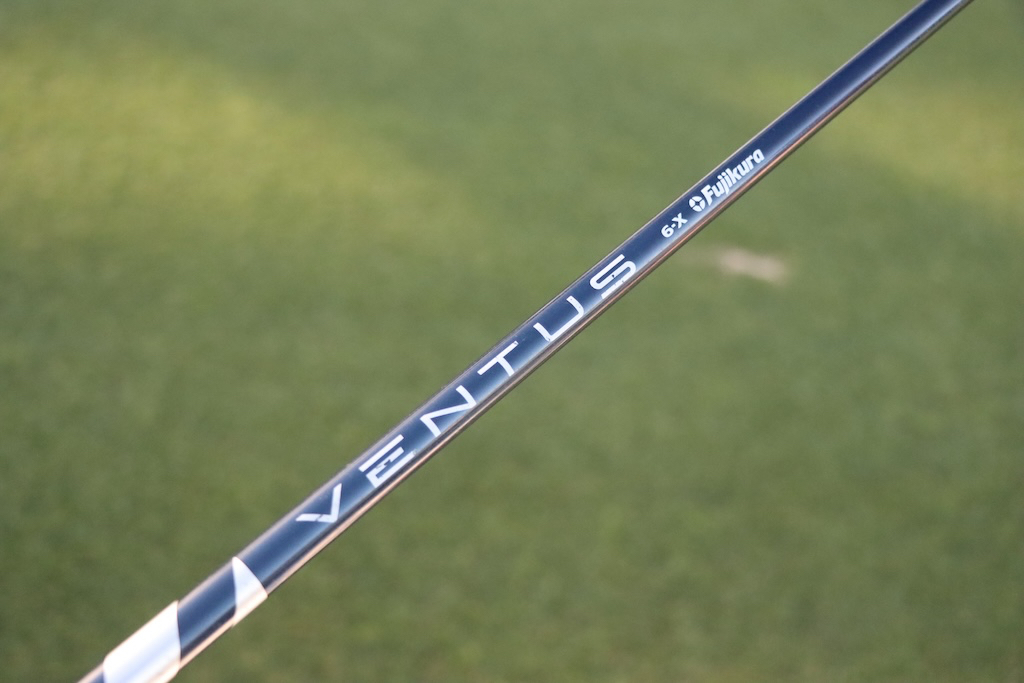
3-wood: TaylorMade Stealth Plus (15 degrees)
Shaft: Fujikura Ventus Red 7 X
5-wood: Mizuno ST-G (18 degrees)
Shaft: Fujikura Ventus Blue 8 X
Irons: Mizuno Pro Fli-Hi (3), Mizuno Pro 243 (5, 6), Mizuno Pro 241 (7-9)
Shafts: Graphite Design Tour AD IZ 95 X (3), True Temper Dynamic Gold Tour Issue S400 (5-9)
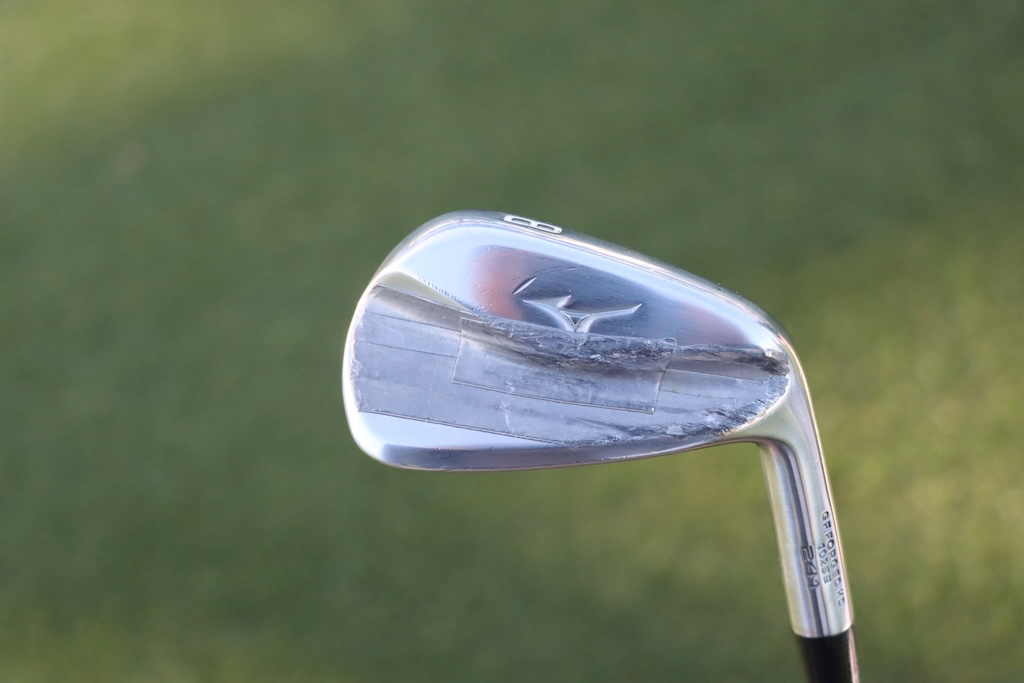
Wedges: Mizuno T24 (46, 50-08S, 56-10D, 60-06X)
Shafts: True Temper Dynamic Gold Tour Issue S400
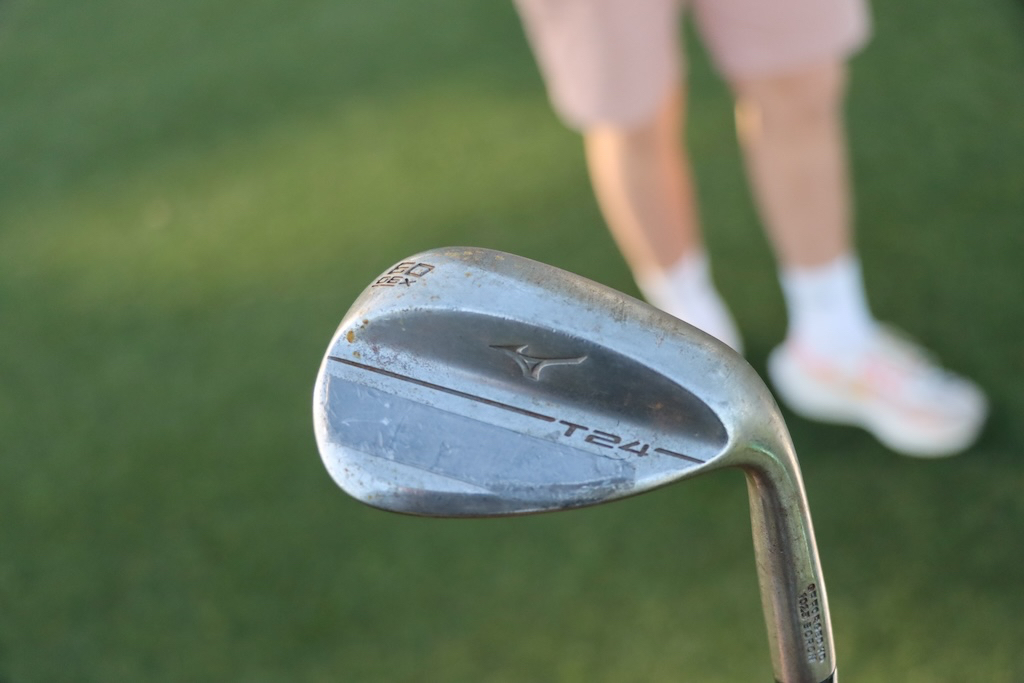
Putter: Odyssey Jailbird 380
Grip: SuperStroke Zenergy Tour 3.0 17
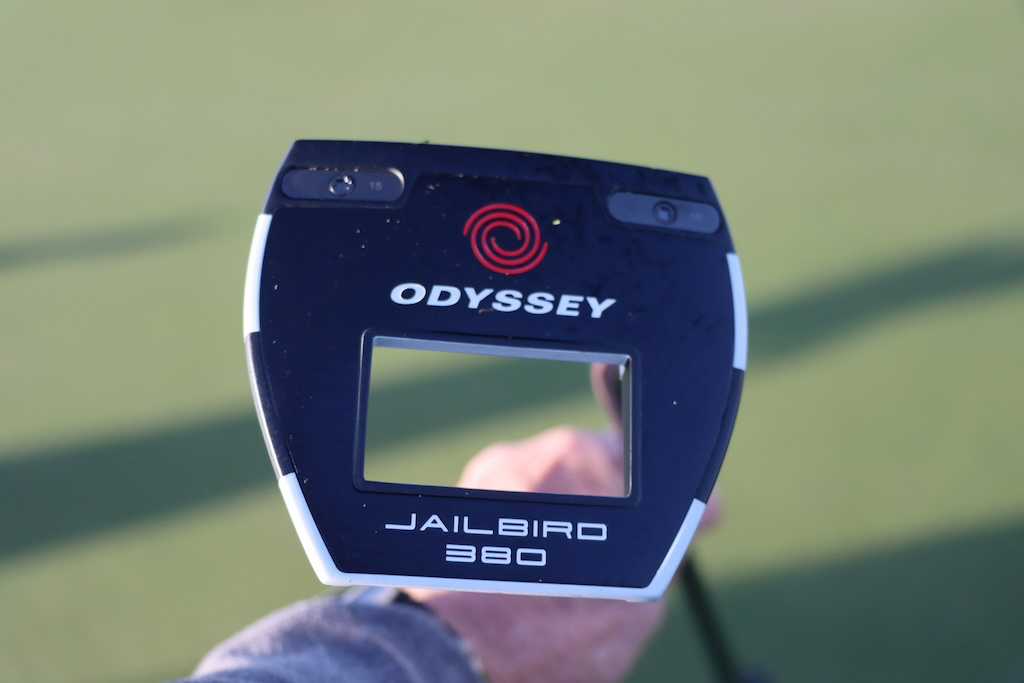

Grips: Spada
Check out more photos of Callum McNeill’s equipment here.
- LIKE0
- LEGIT0
- WOW0
- LOL0
- IDHT0
- FLOP0
- OB0
- SHANK1
Whats in the Bag
Jimmy Stanger WITB 2024 (April)
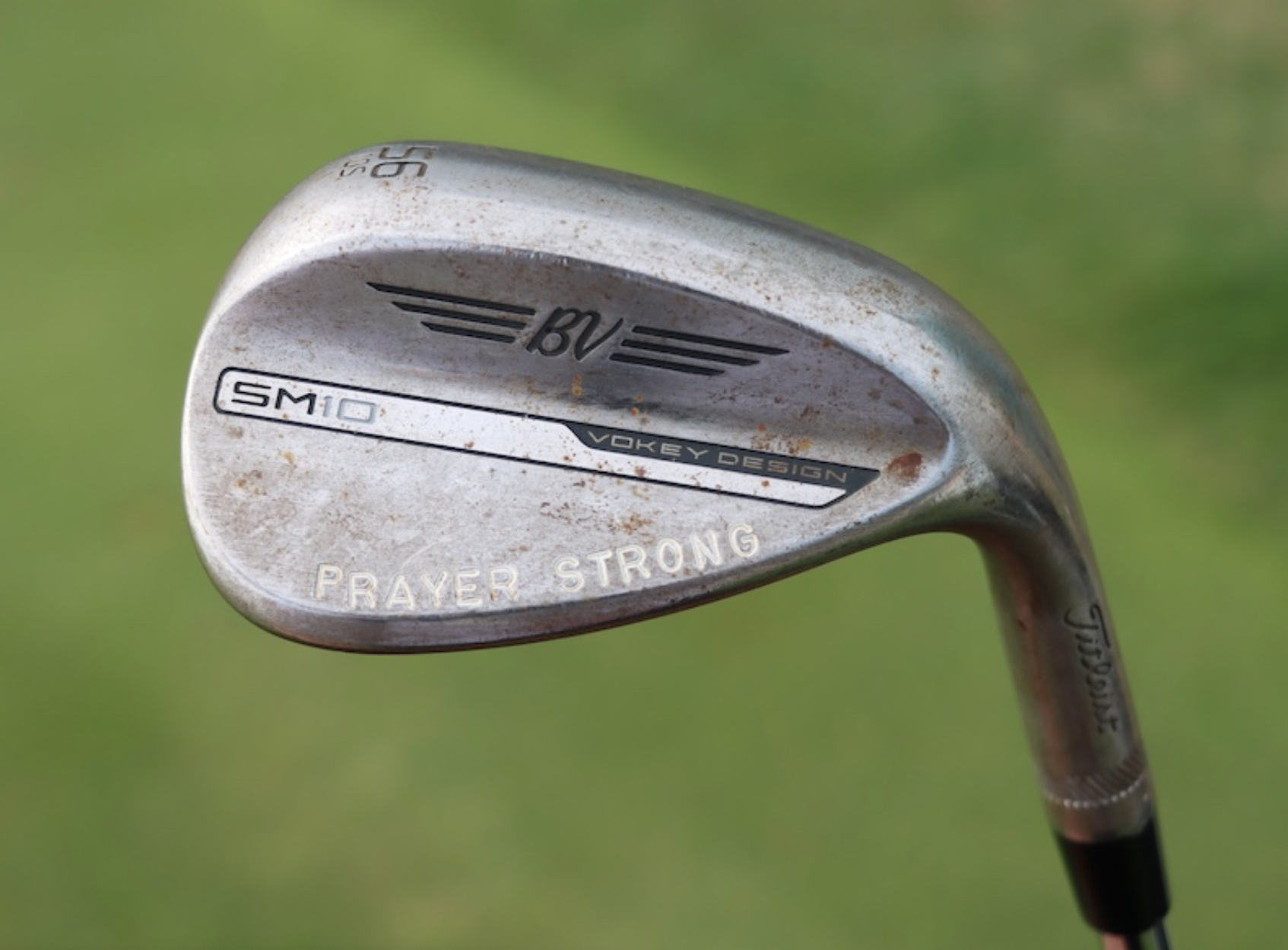
- Jimmy Stanger what’s in the bag accurate as of the Valero Texas Open. More photos from the event here.
Driver: Titleist TSR2 (10 degrees, A1 SureFit setting)
Shaft: UST Mamiya LIN-Q Red M40X 6F5
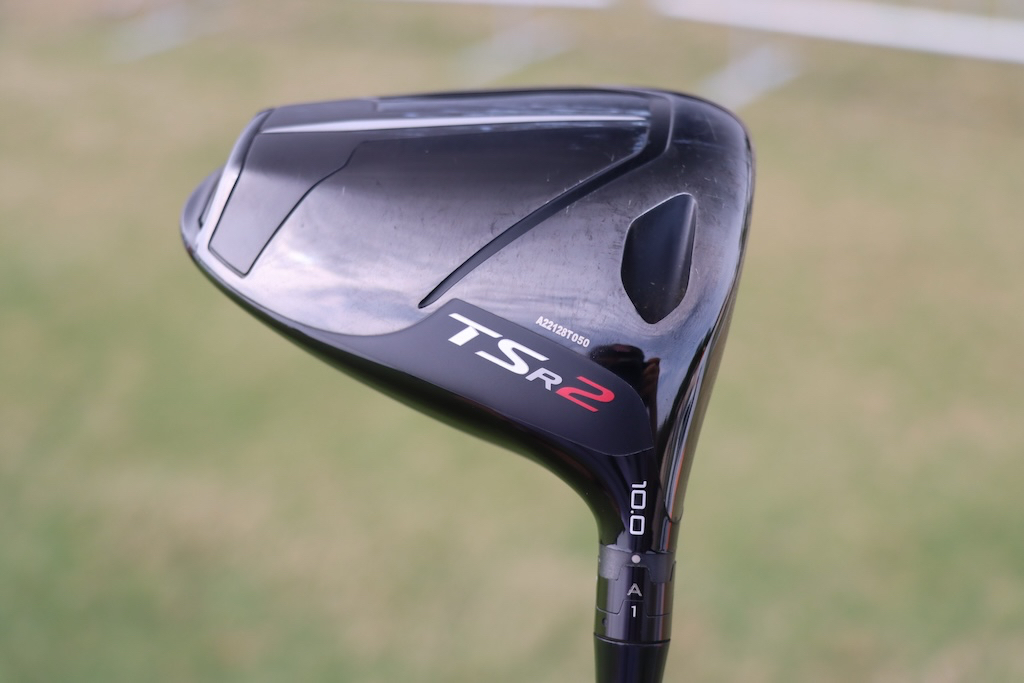
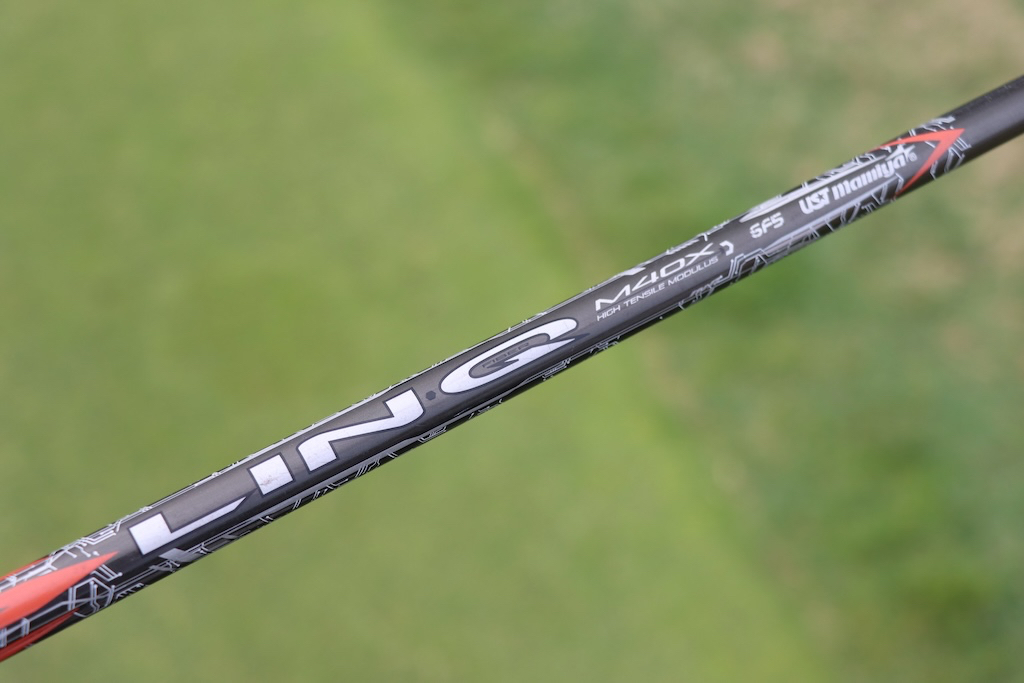
3-wood: Titleist TSR2 (15 degrees, A1 SureFit setting)
Shaft: UST Mamiya LIN-Q
7-wood: Titleist TSR2 (21 degrees, D1 SureFit setting)
Shaft: UST Mamiya LIN-Q Blue M40X 8F5
Irons: Titleist T200 (3), Titleist T100 (4-9)
Shafts: UST Mamiya LIN-Q White M40X 100 (3), KBS $-Taper 125 (4-9)

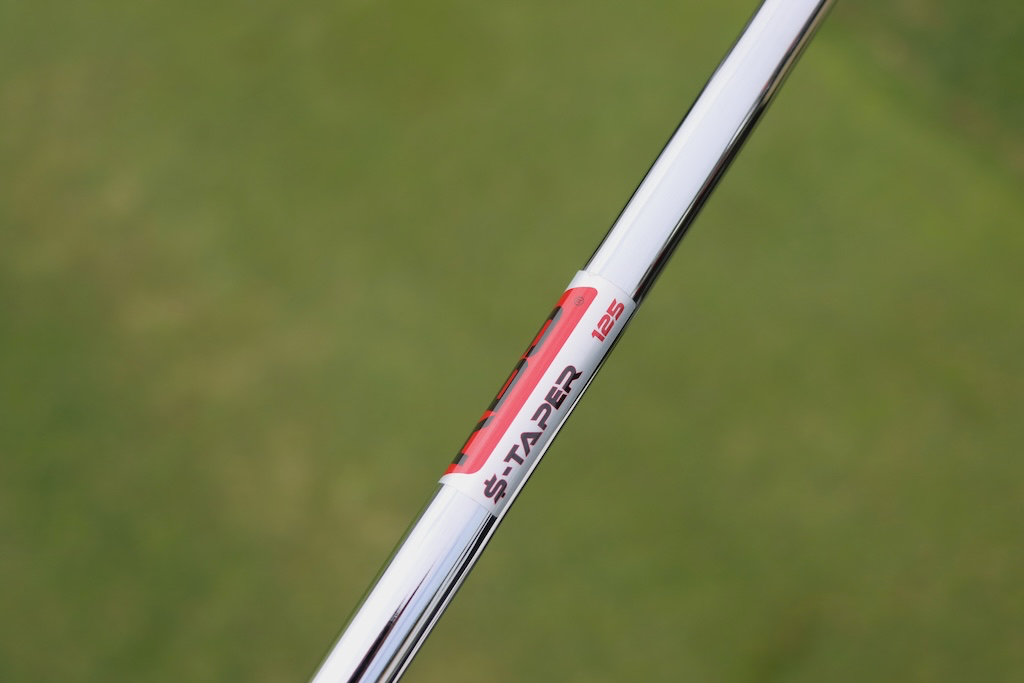
Wedges: Titleist Vokey Design SM10 (46-10F, 50-08F, 56-10S, 60-04T), WedgeWorks (60-A)
Shafts: KBS Hi-Rev 2.0 135 X

Putter: Scotty Cameron Tour Rat II, Scotty Cameron Tour Rat II
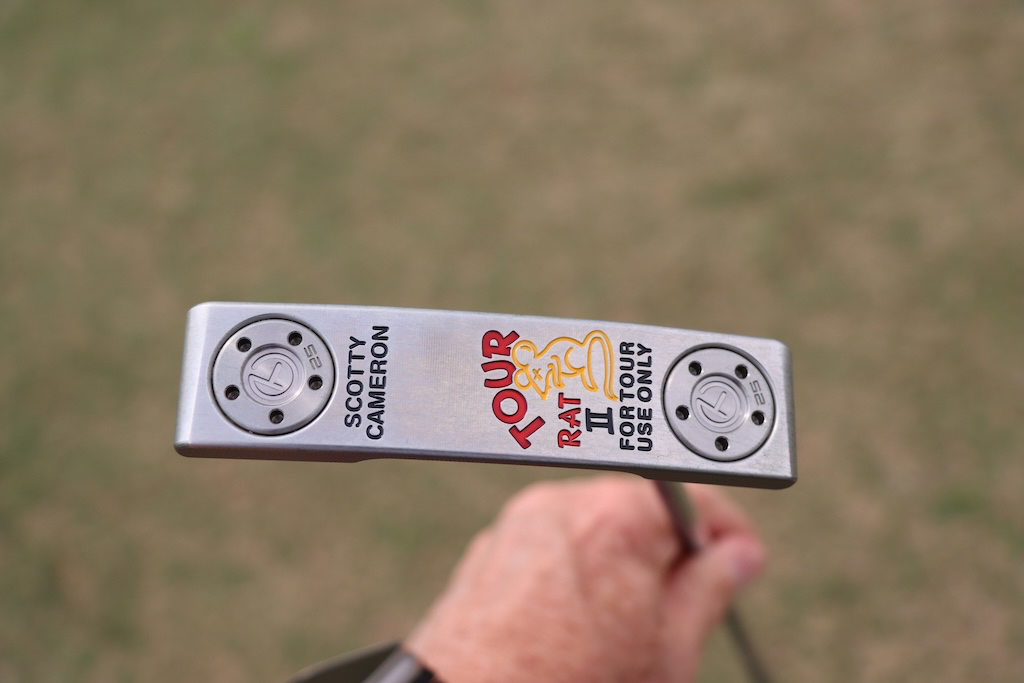
Grips: Lamkin Crossline Cord
Ball: Titleist Pro V1
Check out more in-hand photos of Jimmy Stanger’s equipment here.
- LIKE0
- LEGIT0
- WOW0
- LOL0
- IDHT0
- FLOP0
- OB0
- SHANK0
Equipment
Project X HandCrafted shafts return with new HZRDUS T1100
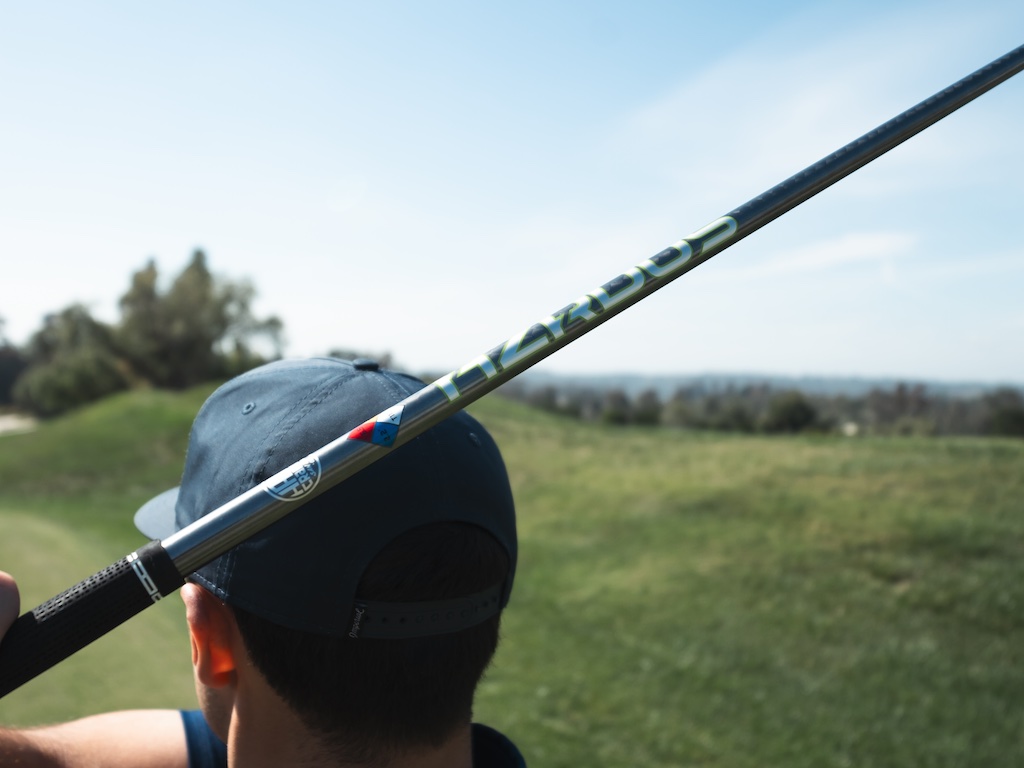
Project X let us into the world of HandCrafted shafts with the 2015 HZRDUS Black shaft, which was a big success on professional tours and at retail. Almost 10 years later, we still come across some of those original HZRDUS Black and Yellow shafts in bags on the PGA Tour.
The HandCrafted label on a Project X shaft was the mark of high-end, low-volume manufacturing where the shaft was hand rolled in the company’s San Diego R&D lab. Since then, Project X retired that label and moved on to the “Small Batch” nomenclature. Many golf shaft degenerates have begged for Project X to bring back the HandCrafted shafts, and now, the squeaky wheels are getting the grease with a brand new Project X HZRDUS T1100 HandCrafted shaft.
“We are beyond excited to be able to bring back a HandCrafted line of graphite shafts,” Don Brown, Vice President of Marketing and Innovation for Project X said. “When producing a HandCrafted shaft, each shaft is rolled by hand, painted by hand and the logos are even applied by hand, all in our San Diego lab, ensuring the utmost care is taken along the way.”
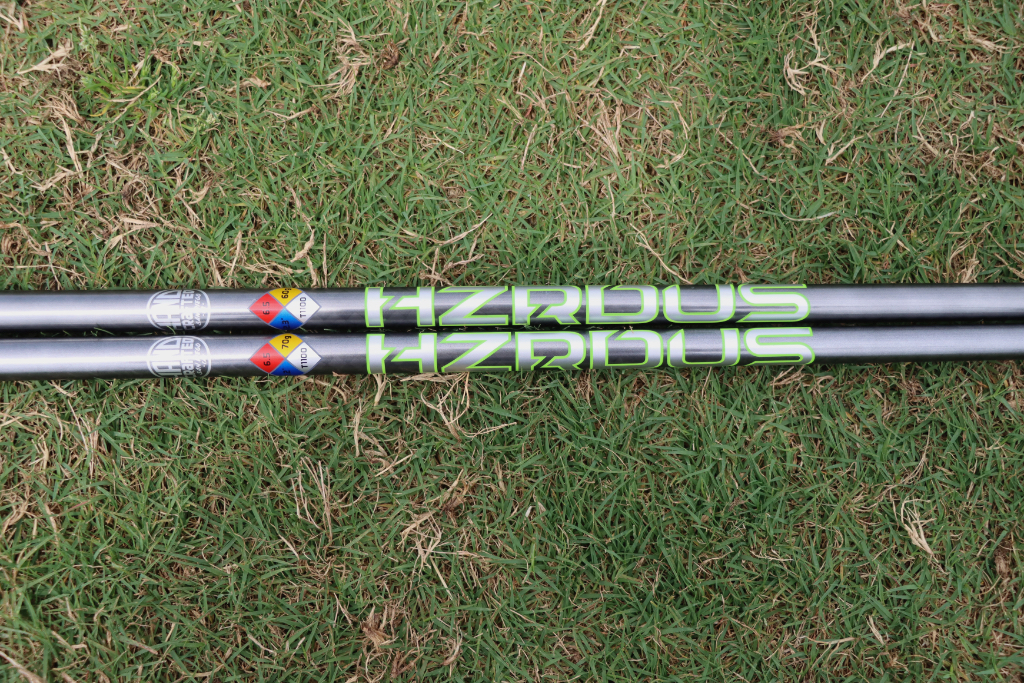
The newest HandCrafted shaft is a reintroduction of the famed HZRDUS T1100 from 2017 (View our original launch story HERE). The chrome ion finished HZRDUS T1100 was beloved by higher-speed players for its ultra-stiff profile with very low launch and spin. Toray T1100G carbon fiber was at the heart of the shaft and the strongest fiber available for Project X to create an ultra-stable shaft for the fastest swingers in golf.

The new 2024 Project X HZRDUS T1100 HandCrafted shaft will be low launch and low spin with a very stiff profile for the fastest swingers. 4D Optimized Carbon utilizes a spread tow weave that is used in specific parts of the shaft to enhance stability and control. This spread tow woven fabric is angled at 45 degrees through to increase torsional resistance in the shaft to control the twisting of the head during the swing. Each HZRDUS T1100 HandCrafted shaft is rolled in Project X’s San Diego Lab, like the original, and trimmed to final frequency to ensure consistent performance and precision.
Project X went with a graphics package that will pay homage to the original shaft with a HZRDUS logo done in silver with bright neon green outline in the middle of the shaft and the HandCrafted logo just below the grip. The shaft will have a silver sheen to it, but you will also be able to see the spread tow carbon fiber through the paint in the sun.
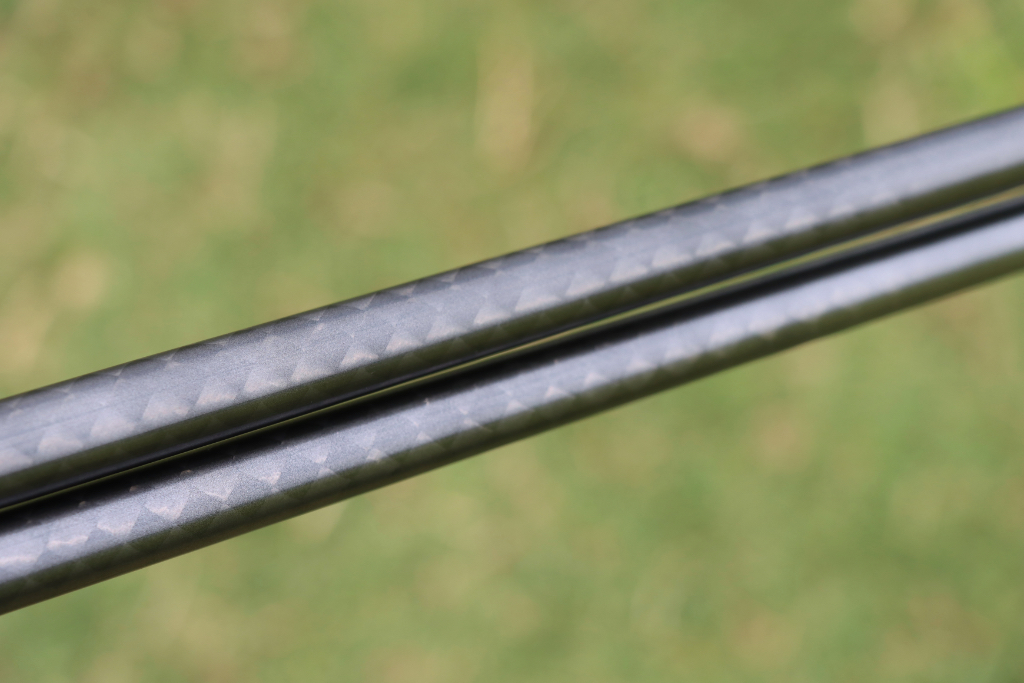
The new HZRDUS T1100 HandCrafted will be available in 60- and 70-gram weights with 6.0 (stiff) and 6.5 (X-stiff) flexes while the 80-gram model will only be available in the 6.5 flex.
We don’t have a retail date yet for these new HZRDUS shafts, as Project X can only create so many per day. The first ones have been sent to tour — we spotted them at this week’s Valero Texas Open. We will keep you updated on an official launch date.
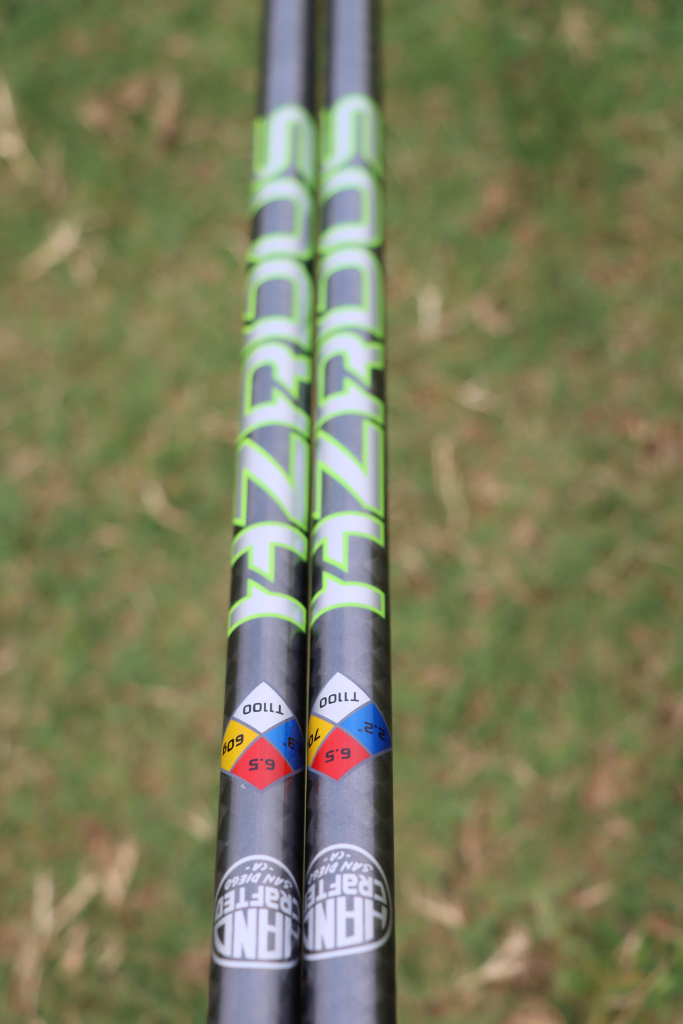
See what GolfWRXers are saying in the forums.
- LIKE4
- LEGIT2
- WOW1
- LOL1
- IDHT0
- FLOP0
- OB0
- SHANK0
-

 19th Hole1 week ago
19th Hole1 week agoJohn Daly stuns fans into silence with brutal opening tee shot on PGA Tour Champions
-

 19th Hole1 day ago
19th Hole1 day agoThings got heated at the Houston Open between Tony Finau and Alejandro Tosti. Here’s why
-

 19th Hole2 weeks ago
19th Hole2 weeks ago2-time major champ announces shock retirement from the sport at age of 33
-

 19th Hole1 week ago
19th Hole1 week agoCharlie Woods finds it tough going on American Junior Golf Association debut
-

 19th Hole2 weeks ago
19th Hole2 weeks agoEdoardo Molinari reveals the latest PGA Tour golfer to turn down ‘good offer’ from LIV Golf
-

 Equipment3 weeks ago
Equipment3 weeks agoBest driver 2024: The best driver for you, as recommend by expert club fitters
-

 19th Hole2 weeks ago
19th Hole2 weeks agoScottie Scheffler had an interesting response when asked how he ‘quiets the noise’ following Players victory
-

 19th Hole2 weeks ago
19th Hole2 weeks agoJon Rahm dealt fresh blow to hopes of qualifying for 2025 Ryder Cup

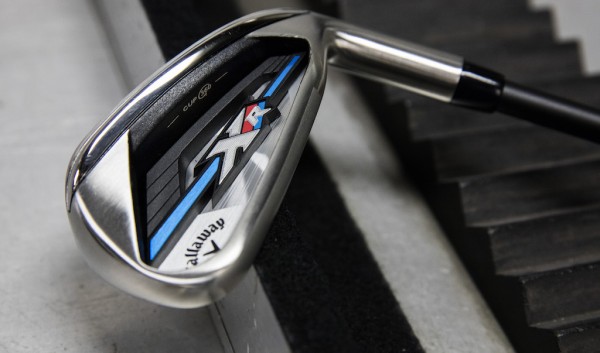
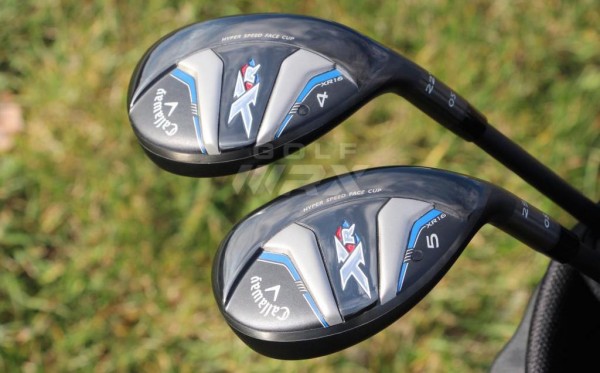
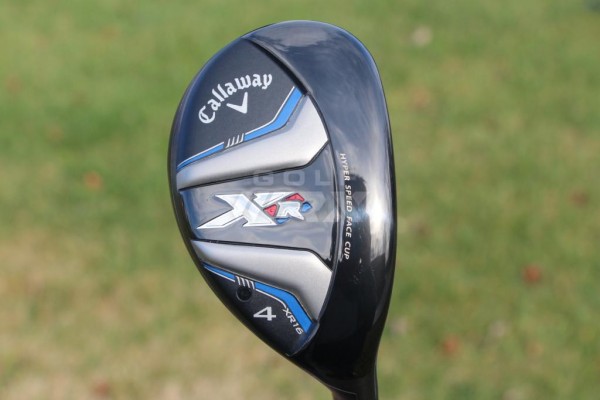
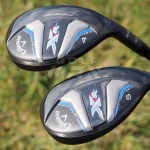
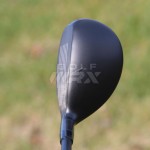
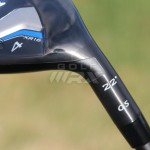
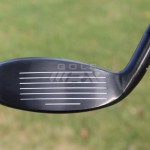
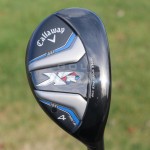
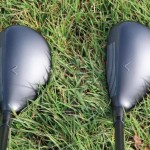
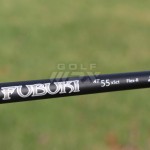
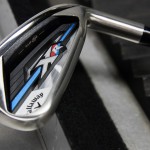
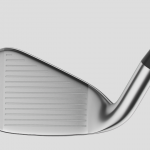



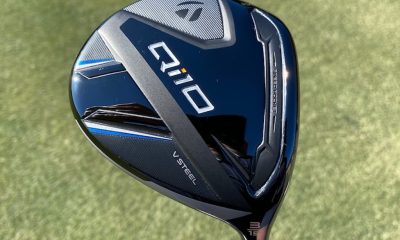

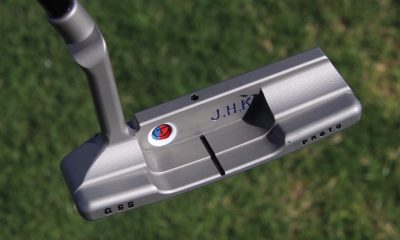



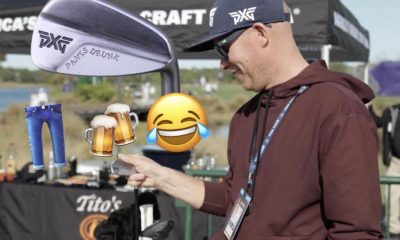

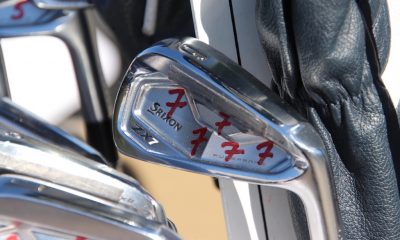

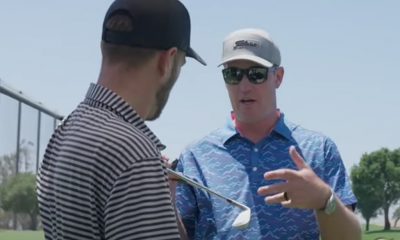










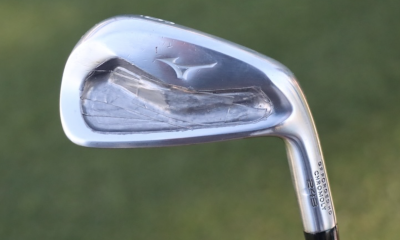

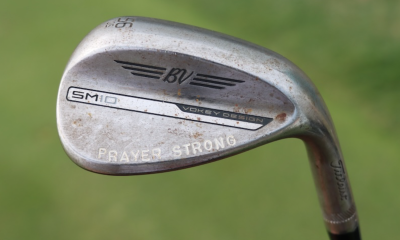

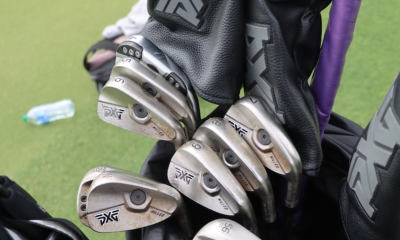

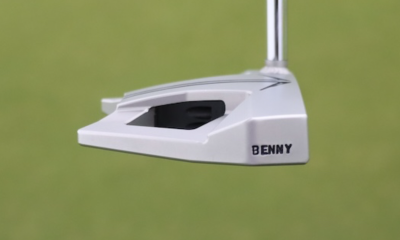

Furious Styles
Jun 17, 2017 at 11:36 pm
Timmy?
Eric
Jan 17, 2016 at 9:55 pm
Unbelievable. Go back 15 years ago, and their irons and hybrids look exactly the same as these. What a joke. Take a hint from titleist or ping and release clubs every other year.
Philip
Jan 14, 2016 at 11:04 pm
Hard to believe an OEM got the loft gapping backwards…I do not know who is testing this stuff, but it is not the average golfer. How do they think reducing lofts in the lower irons increases yardages between the clubs. And increasing shaft lengths just guarantees poorer results for average golfers who struggle with lengths longer than 7 irons, let alone lengths for a 4 iron (with a 3 iron loft) that is longer than 1 irons used to be.
Marcus
Jan 14, 2016 at 11:26 pm
These types of clubs are designed with the novice golfer in mind. These golfers are not likely to be as consistent as the mid-low handicapper; they are more likely to be impressed and excited by the distance gains they get from lower lofts and longer shafts. They probably aren’t going to hit these clubs any more consistently than their half-an-inch shorter counterparts, so why would you focus on length and lofts for consistency when you can design a club with game-improvement tech and focus on distance? The vast majority of average players want to see distance gains.
Philip
Jan 14, 2016 at 11:51 pm
Except they would get likely get more distance with higher lofts and shorter lengths in the lower/mid irons as longer lengths only help if it doesn’t result in a worse impact. I reduced my lengths to improve my ball striking to great success when I was a mid-high handicapper and may just keep them shorter as I move forward. I was also experimenting with my lofts and decided to increase them 1-2 degrees to have 4 degree differences and was pleasantly surprised by my rather large distance gains (better ball flight for my setup) when I was willing to accept some yardage loses based on the current “wisdom” of the OEMs. For the longest time a 4 iron was 38 inches long and 24/25 degrees because the average golfer just couldn’t hit longer shafts or less loft with much success – at least until the marketing departments could show increases with an Iron Byron machine, which I am not. Besides, all I really care about is that there is only 3-4 months till the 2016 golf season! Cheers.